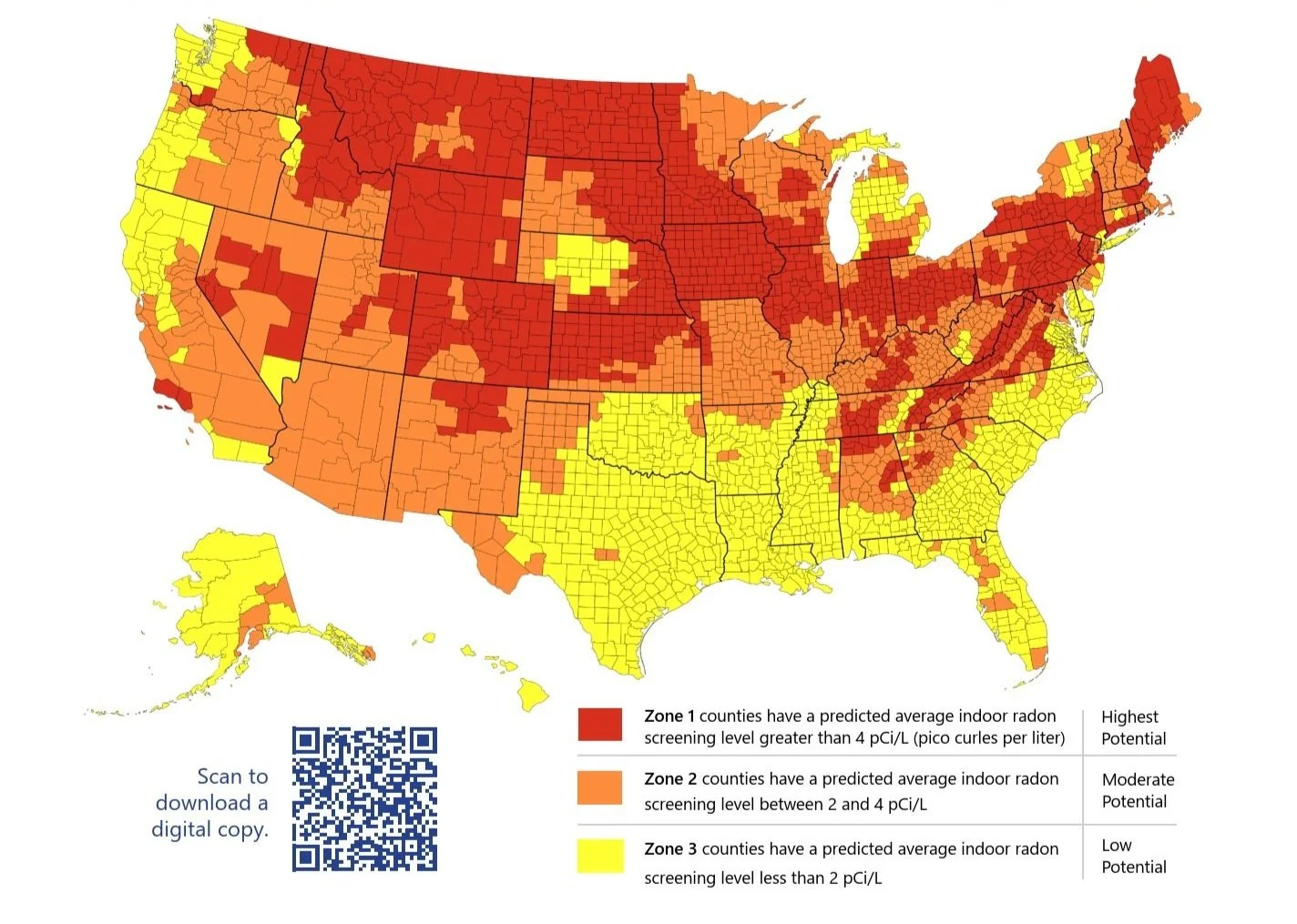I learned about radon the hard way.
I did, but you shouldn’t.
When I was a 20-year-old collegiate athlete, I was in peak physical condition - until I suddenly started experiencing unexplained breathing problems. What should have been routine workouts became a struggle, and daily tasks seemed so laborious. No medical tests could definitively explain why my lung function had changed. It wasn’t until later that I discovered the connection: just weeks before my symptoms started, I had moved my bedroom into the basement, unknowingly exposing myself to high levels of radon.
That experience changed my perspective, and now I’m committed to helping others stay informed and take action before radon becomes a serious health risk.
Radon is a naturally occurring radioactive gas that forms from the breakdown of uranium in soil and rock. It can seep into homes through cracks in foundations, crawl spaces, and basements - accumulating to dangerous levels without any visible signs. Our area is particularly affected by high radon levels compared to other regions of the country due to the unique geological composition of the soil. Many homeowners are unaware of the risk, but studies have shown that homes in this region consistently rest above the EPA’s recommended action level. Long-term radon exposure is the second leading cause of lung cancer, making testing an essential step in protecting your health.
Find Maryland-specific supplemental information here.


